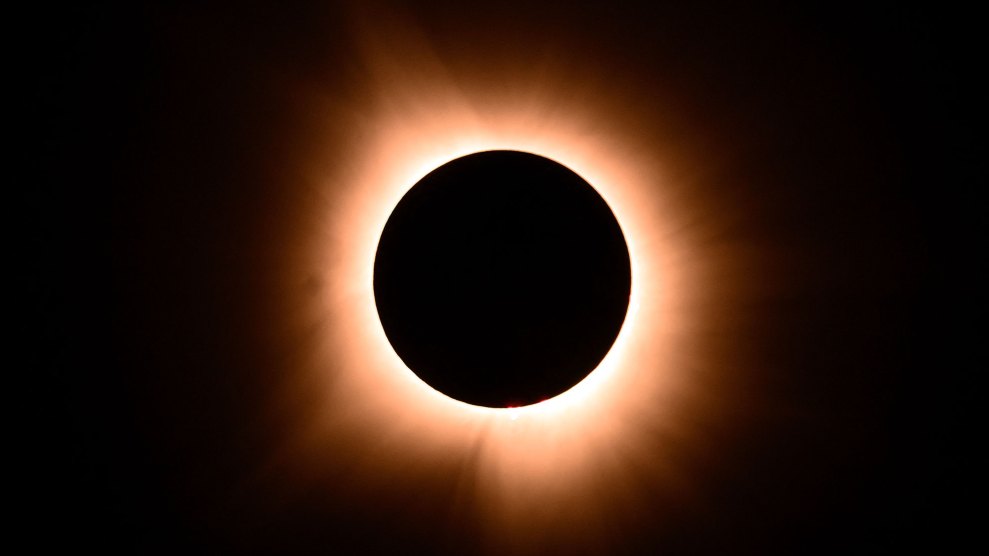
Fruit, Froot Loops ... let's not get bogged down in semantics. <a href="http://www.shutterstock.com/gallery-260701p1.html?cr=00&pl=edit-00">digitalreflections</a>/ <a href="http://www.shutterstock.com/editorial?cr=00&pl=edit-00">Shutterstock.com</a>
If you’re a regular at the Midwest’s Meijer supermarkets, you’ve probably seen it, looming amid the broccoli crowns and apples and salad greens: a tower of cereal boxes from Kellogg’s.
Why peddle crunchy, sweetened breakfast grains in the realm of fresh produce? “Kellogg’s believes it can benefit from the better-for-you vibe of products placed along the perimeter of grocery store,” reports the industry publication Food Dive. This, even though many highly marketed commercial cereals are essentially “crushed-up cookies in a bowl,” as Vox recently put it.
Indeed, a serving of Kellogg’s flagship Frosted Flakes contains 10 grams of sugar while Frosted Mini-Wheats deliver 11 grams—the rough sugar equivalent of three Oreo cookies. Several other Kellog’s offerings, including Froot Loops and Honey Smacks, contain even more, according to this 2014 Environmental Working Group report.
It’s easy to see why Big Cereal would want to expose its products to the healthy shine of fresh fruits and veggies—cereal sales have been dropping for a decade. But the effort could easily backfire, Food Dive warns:
If the strategy works for Kellogg, more manufacturers may race to compete for more shelf space in the produce section. That could eventually disrupt the better-for-you appeal the perimeter of the store originally had, and the plan could backfire for all manufacturers that migrate packaged food brands there.















